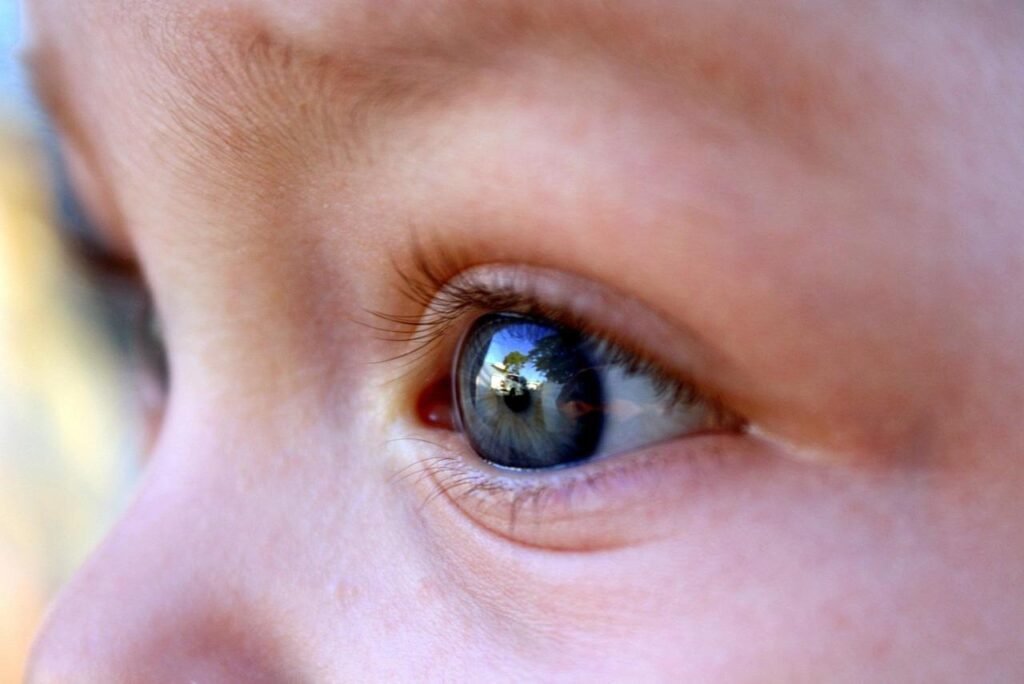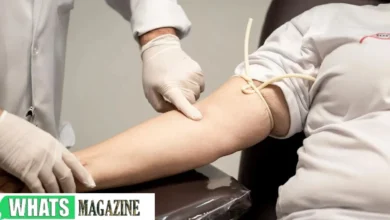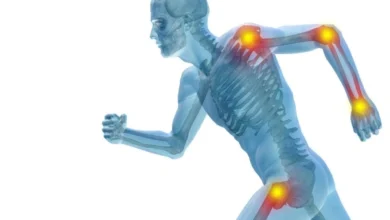Going for a regular eye checkup is important for every kid. Although using the vision screener machine at school can help detect visual impairments, you may still need to take your child for a regular eye exam for a more thorough check because some conditions might not be visible during the initial screening.
These checkups help maintain children’s vision as they grow. In this article, we are going to discuss how eye screening tests help detect problems early and how good vision is tied to academic success.
In this article
Impact of Poor Vision on Learning
Poor vision can affect children’s ability to learn and understand their academics quickly. A kid with myopia or hyperopia may struggle to see the board or read a book clearly.
Undiagnosed visual impairments can lead to difficulties in reading, writing, and completing assignments, as children may struggle to recognize letters or focus on a tumbling E chart during their pediatric eye exams. Lack of clear vision can make tasks requiring fine motor skills, such as drawing and cutting, difficult and frustrating, which can reduce children’s self-confidence.
Click here for signs of visual impairments in kids.
Furthermore, visual skills like color recognition and eye tracking are essential for better understanding class materials. Any shortfall in these aspects is a sign of visual impairments or developmental delays. Going for eye exams can help address these issues promptly and make it easy for them to achieve meaningful progress in their academics.
Vision as a Factor in School Performance
Going for regular eye exams can greatly support children’s academic success. Although pediatricians conduct vision screenings during visits, they may still miss certain visual impairments, making it important to visit an ophthalmologist.
Early detection of conditions like myopia, hyperopia, or amblyopia can make it easy to treat and reduce the effect it will have on learning. During the eye exam, the doctor will use a tumbling E chart to check near vision and ocular diseases.
Other important vision exams include assessments for developmental delays and color vision. Children with these problems may struggle to read or write, which can affect their performance in school. Most times, they will be prescribed eyeglasses or contact lenses to correct the refractive errors.
Recommended Age for the First Eye Exam
Vision screening is supposed to be done between the ages of 3 and 5. During the assessment, the doctor will check for disorders such as amblyopia, myopia, hyperopia, and other refractive errors using professional medical equipment like the Depisteo vision screener machines, which will assess their visual acuity and eye health. Detecting these conditions early can help in the better development of the child and their education outcomes because good visual skills are crucial for both school and life activities.
Most pediatricians and optometrists recommend a complete test to check children’s eye health. During the screening, they will assess their visual equity. They may also undergo additional tests, especially if certain issues are detected from the first test.
If problems are detected, the doctors will first determine the extent of the damage and prescribe the right corrective measures to support the child’s success in their academic and daily activities.
The main advantage of these screenings is to prevent severe or complete damage to the eye. Conditions like lazy eye (Amblyopia), if not treated early, can lead to severe impairment.
Visit to learn more about how to enhance your child’s cognitive abilities.
Continued Eye Exams Throughout Childhood

Eye exams are scheduled at different stages of life. First, kids usually start to see a pediatric optometrist around six months after birth. The second appointment comes around the age of two to three, then annually from the age of six upwards.
These regular exams help monitor eye health and visual skills over time. Even if they pass the vision screening test, they will still need the comprehensive exam because screening may miss some important issues like refractive error.
Once they discover symptoms of amblyopia or developmental delays, the ophthalmologist will create a treatment plan instantly. You can support your baby by scheduling the exams and discussing any concerns you have with the professional. Doing this ensures that your baby will be prepared for school and their problems will be addressed promptly and more effectively.
Conclusion
Addressing visual problems early can go a very long way in ensuring a successful future for your child. Thankfully, with the advancement in technology, you can take them for their first visual screening even before they reach one year old.
Not only will the screening detect both minor and major issues, but it also gives you enough time to take the necessary action that will prevent them from having severe visual problems. Don’t wait until they start showing symptoms of visual impairments before you schedule a visual test visit.











